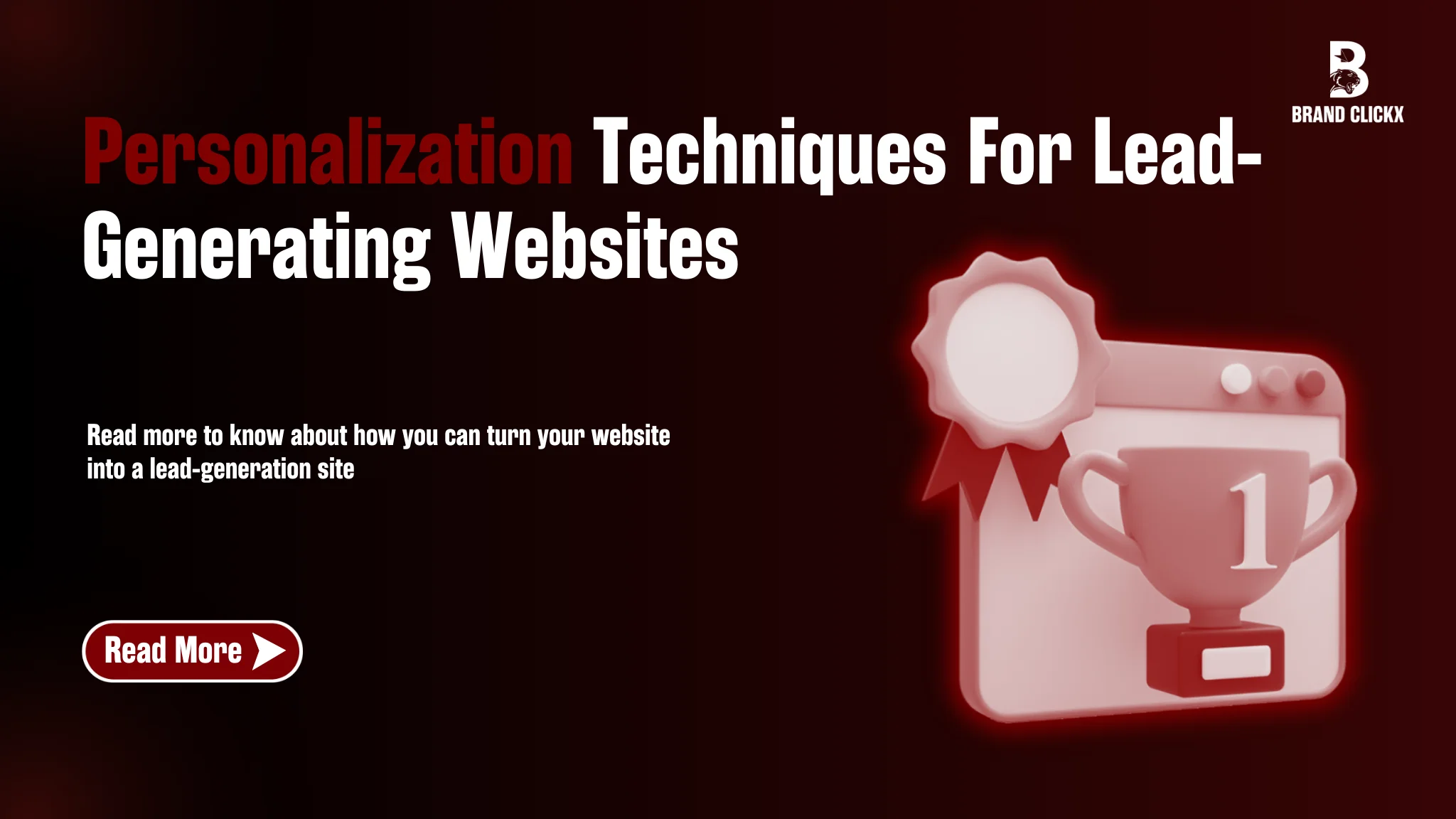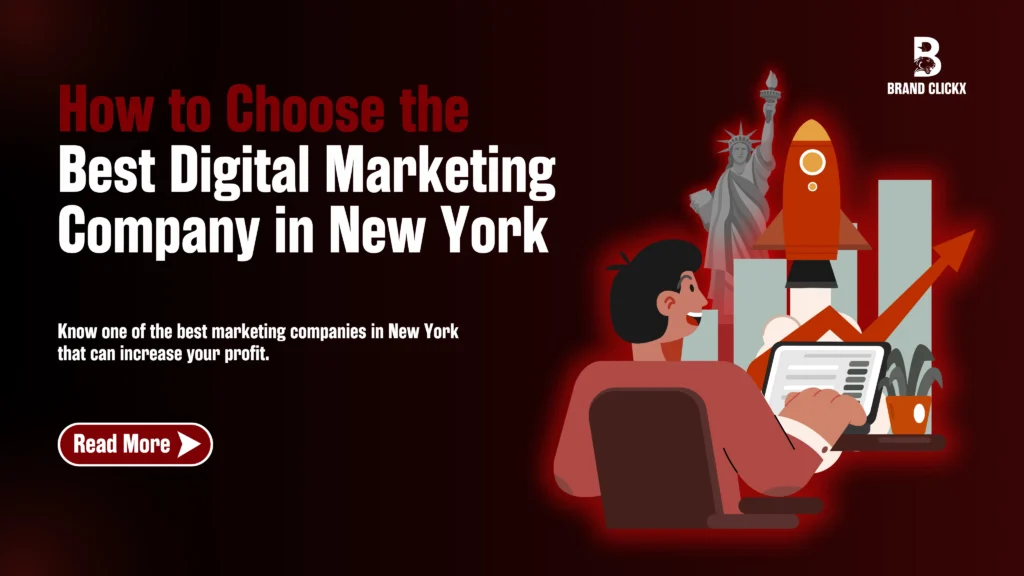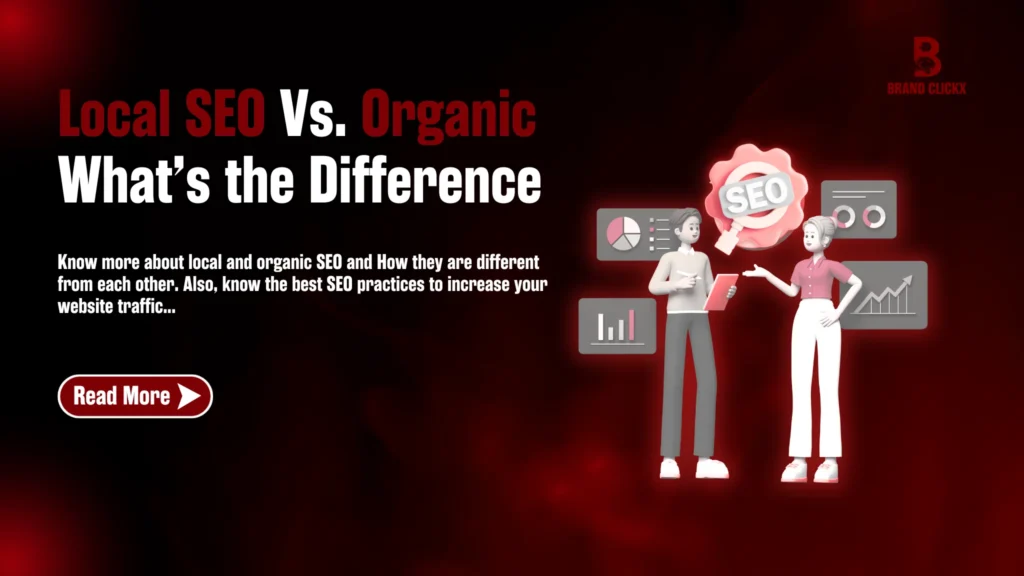Personalization has become a necessity rather than a luxury. Consumers are no longer satisfied with generic, one-size-fits-all experiences; they expect tailored interactions that cater to their unique needs and preferences. Lead-generating websites that implement advanced personalization techniques can significantly enhance user engagement, build trust, and ultimately drive higher conversion rates.
Below, we explore in-depth personalization techniques for lead-generating websites that can transform your website into a powerful lead-generation machine.
Dynamic Content Customization: The Key to Personalized User Experience
Real-time content customization and the ability to update content based on user behavior, demographics and previous activity is dynamic content customization. With AI recommendation engines, businesses can be confident that visitors will see the most relevant information, offers and CTAs, all to make the interactions more meaningful and engaging.
Best Practices for Dynamic Content Customization:
- Utilize Geolocation Data: It shows location-based offers, promotions or any relevant content to boost the local engagement.
- Personalized CTAs (Calls-to-Action): Change CTAs based on your visitor’s browsing behavior, or purchasing history, to boost click-through rates.
- Behavior-Based Triggers: It will present different landing pages, headlines, or pop-ups based on your past interactions and intent.
Learn about best web development strategies
AI-powered chatbots for Real-Time Engagement
With growing popularity, AI-powered chatbots have changed the way customers get in touch and interact with companies. Over time, these intelligent chatbots gain knowledge about what users like and what they hate and can recommend personalized products, offer troubleshooting support, and offer automated follow-ups that increase overall lead conversion.
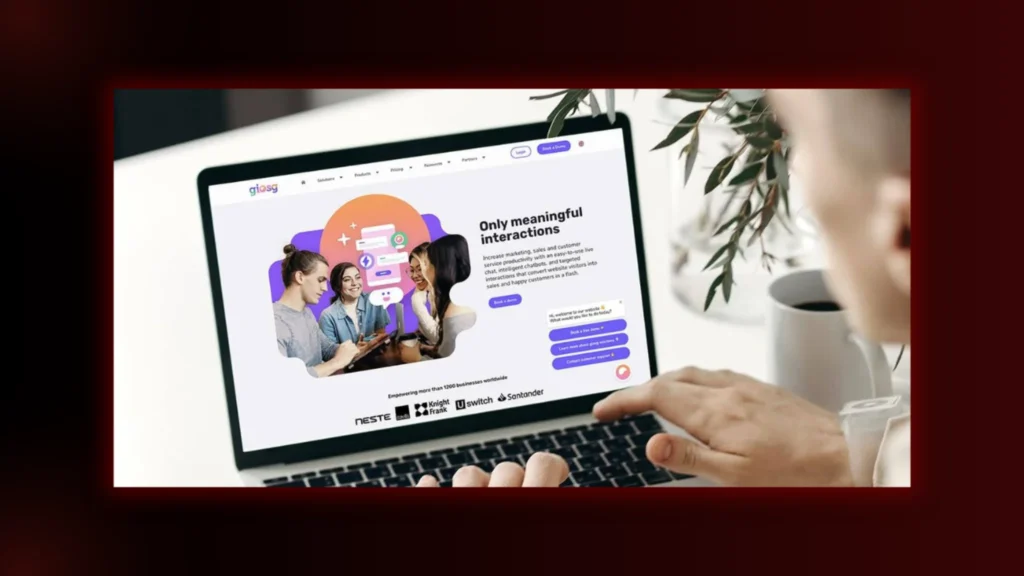
Key Benefits of AI Chatbots:
- 24/7 Availability: It will engage visitors at any point in time, and no potential lead goes lost outside of office hours.
- Smart Response Mechanisms: Respond based on what users previously did.
- Lead Qualification & Routing: This automatically identifies those high-intent visitors and guides them to the most appropriate sales rep.
Behavioral Targeting with Predictive Analytics
Forecasting user behaviour is something which predictive analytics can assist with through the help of historical data, AI and machine learning and can then be used to predict the best ways to personalize a site for users. Past interactions can be analyzed by businesses to know what needs to be known, to personalize email campaigns and to suggest relevant products or services.
How to Implement Behavioral Targeting:
- Segment Users Based on Past Behavior: Group visitors into categories such as first-time users, returning customers, or high-intent leads.
- Leverage Heatmaps & Session Recordings: Learn about engagement patterns and the relevance of the content of what you’re presenting.

- AI-Powered Recommendations: Recommend personalized content, services, or products depending upon each visitor’s journey.
Personalized Email Marketing Campaigns
Email marketing may not be a tricky skill to master but it certainly is quite a powerful lead-generation tool it still works today but simply sending out a generic email blast won’t do anymore. Personalization guarantees that every message gets sent to the exact person who will find it relevant, resulting in a hike in open rates, click-through rates, & conversions.
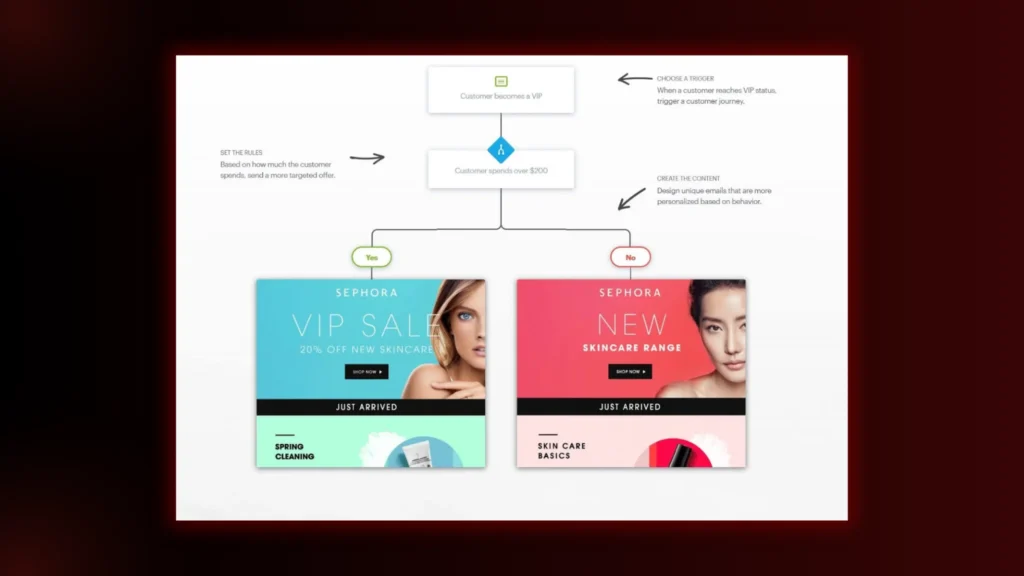
Key Personalization Tactics for Emails:
- Dynamic Subject Lines: Grab attention using the recipient’s name, or their past purchase history.
- Behavior-Triggered Emails: Based on user’s interactions, such as an abandoned cart, past download, etc.
- A/B Testing: Play with different subject lines, content formats, and CTAs to find the elements that perform best with personalization.
Read more about the detailed comparison of Custom vs CMS websites
5. Interactive Content for Enhanced Engagement
Capturing user data while keeping visitors engaged is an effective way of interacting. While quizzes, assessments and calculators add value, they also help in building a personalized experience to turn leads.
Examples of Interactive Content:
- Product Finders: They help users select the best product from their favourite choices.
- ROI Calculators: Enables users to estimate expected savings or benefits before a decision is made.
- Surveys & Polls: Using that data to refine future personalization strategies to collect data on customer preferences.
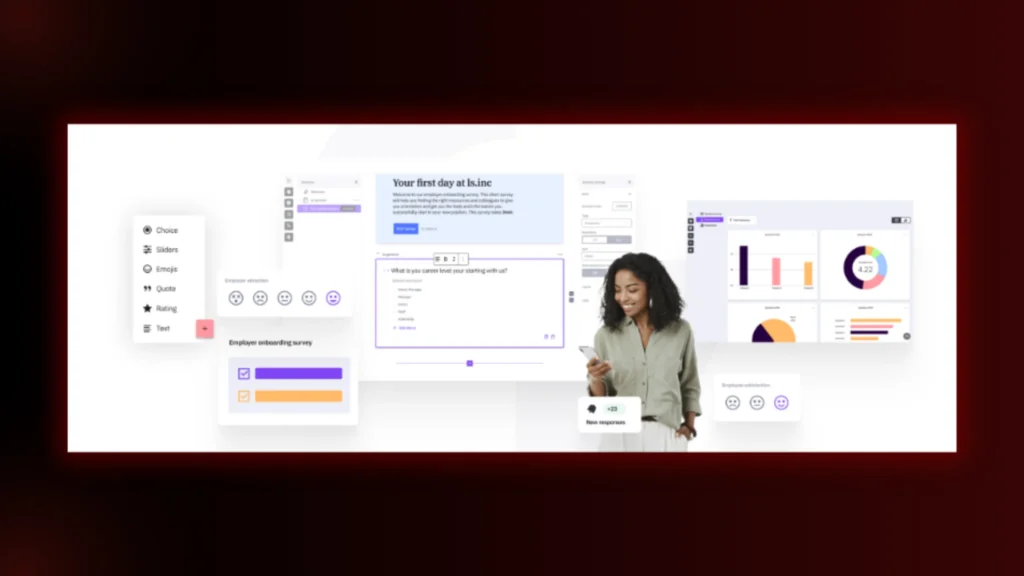
Hyper-Personalized Landing Pages
Hyperpersonalization of the landing page leads to making visitors see converted content based on their interests. Depending on factors such as demographics, search intent, referral source, and past behaviour, these pages will then adapt dynamically.
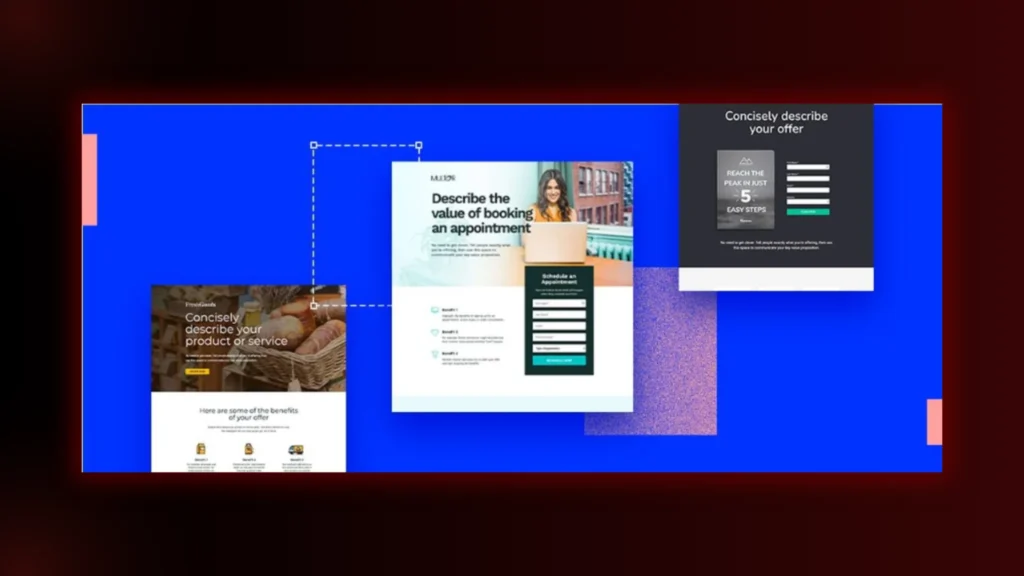
Elements of a High-Converting Personalized Landing Page:
- Dynamic Headings: Headline adjusts for user segment or search query.
- Tailored Offers: Based on visitor history, show promotions, discounts or recommendations.
- Smart Forms: Manage user data in prefills for streamlined signup and checkout.
CRM Integration for Seamless Personalization
CRM (Customer Relationship Management) systems bring businesses the ability to centralize and analyze customer data to enhance even more personalized efforts. Implementing a CRM with a website allows a company to monitor user interactions, segment audiences and run automated personalized marketing campaigns.
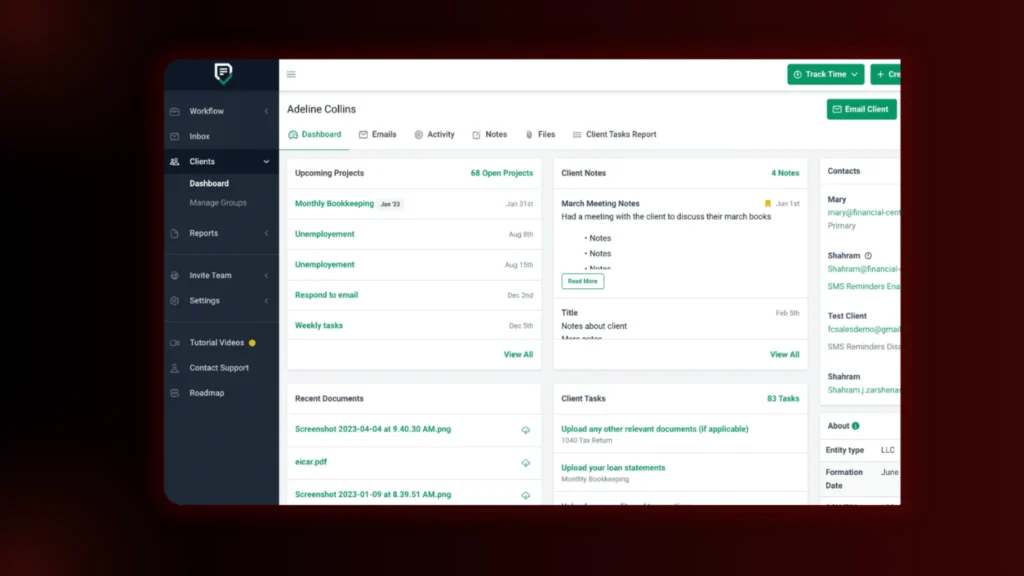
Advantages of CRM Integration:
- Centralized Customer Data: For more effective personalisation, keep all interactions in one place.
- Automated Lead Nurturing: Based on the user history emails, offers and content recommendations can be sent to the user.
- Predictive Insights: Identify and convert high-value leads with a past interactions analysis.
Smart Pop-Ups and Exit Intent Strategies
Smart pop-ups display personalized messages based on user behaviour and exit intent pop to try to grab leads before a visitor leaves the site. With these strategies, you can affect lead conversion rates.
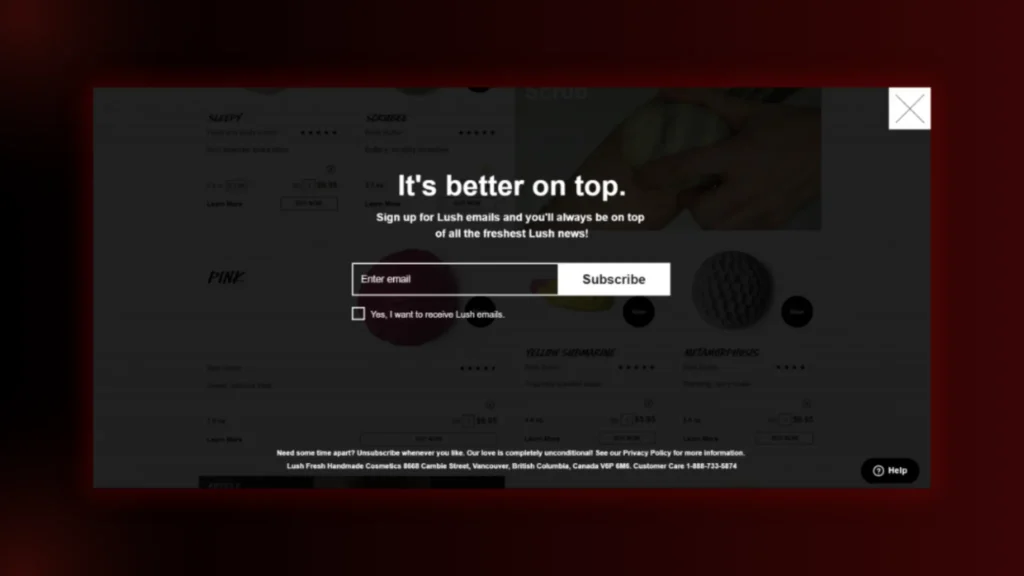
Effective Pop-Up Strategies:
- Time-Based Pop-Ups: Show a message when a user spends enough time on a page.
- Behaviour-Triggered Pop-Ups: Blindly offering someone an ad because they scrolled 75% of the page.
- Exit-Intent Pop-Ups: Put in front of your present lead magnets like discounts or free resources when users try to leave.
Know about these best plugins to use for website speed
Personalized Product Recommendations
E-commerce and service-based businesses can leverage AI-driven recommendation engines to suggest relevant products or services based on browsing history and previous purchases. This technique not only enhances the user experience but also increases sales.
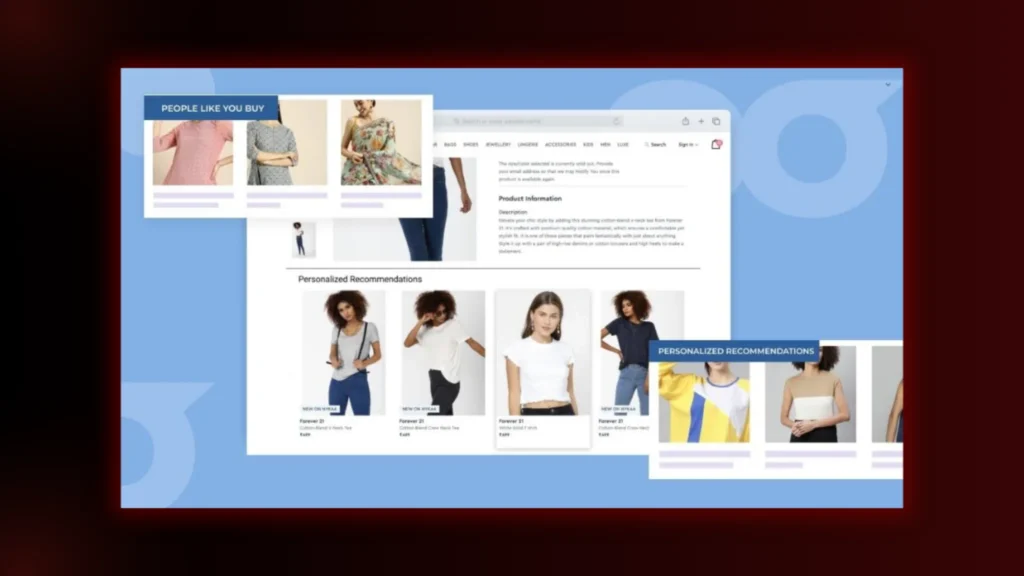
Best Ways to Use Personalized Recommendations:
- Frequently Bought Together Suggestions: Encourage upsells and cross-sells.
- Recently Viewed Items: Remind visitors of previously browsed products.
- AI-Powered Product Curation: Offer personalized selections based on past interactions.
Hyper-segmentation for Precise Targeting
Hyper-segmentation enables businesses to break down their target audience into smaller, more specific buckets so that marketing messages can get head and tail. The more refined the segmentation, the more relevant the messaging; the better the conversion rates.
Best Practices for Hyper-Segmentation:
- Use Micro-Segments: Predict demographics, interests and browsing behaviour of user profiles to categorise users.
- Combine Multiple Data Points: Leverage behavioral, geographic, and psychographic data for advanced targeting.
- Tailor Messaging for Each Segment: Be highly relevant to each specific audience group.
Final Thoughts
You should implement advanced personalization techniques for Lead-generating websites. Methods like dynamic content, AI-powered chatbots, hyper-segmentation, and predictive analytics all help businesses provide exceptional user experience, higher engagement, and higher conversion rates. Nearly all businesses will prioritize personalization over mass marketing.
Applying it will place you ahead of the competition with better customer relations which results in the increase of business and success over the long term.
If you wanna hire an experienced and professional team to implement Personalization Techniques for Lead-Generating Websites, BrandClickX is here to save you from trouble!
Contact us to discuss in details!
FAQs
1. What are Personalization Techniques for Lead-Generating Websites?
Personalization Techniques for Lead-Generating Websites refer to strategies used to tailor website content, design, and user experience based on visitor behavior, preferences, and demographics. These techniques help businesses attract, engage, and convert potential leads more effectively.
2. Why are Personalization Techniques for Lead-Generating Websites important?
Personalization Techniques for Lead-Generating Websites enhance user experience, increase engagement, and improve conversion rates. By providing relevant content and customized experiences, businesses can build stronger relationships with potential customers and boost lead generation.
3. What are some effective Personalization Techniques for Lead-Generating Websites?
Some effective Personalization Techniques for Lead-Generating Websites include dynamic content, personalized recommendations, behavioral tracking, AI-driven chatbots, customized email marketing, and location-based targeting. These techniques help create a unique experience for each visitor.
4. How do Personalization Techniques for Lead-Generating Websites improve conversion rates?
Personalization Techniques for Lead-Generating Websites improve conversion rates by delivering relevant content, reducing friction in the buyer’s journey, and encouraging engagement. When visitors see content that aligns with their interests and needs, they are more likely to take desired actions.

